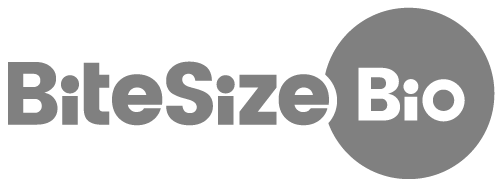IL-13 is a Pathogenic Driver of COVID-19
On-demand

Alexandra Donlan
Alexandra received her bachelor’s degree in Biological Sciences from Florida State University, where she studied the role of exosomes in the oncogenesis of Epstein–Barr virus in the lab of Dr David Meckes. She is working towards her PhD at the University of Virginia with Dr Bill Petri and has been investigating the role of IL-13 in promoting recovery from C. difficile infection. She has recently been focusing on host response to SARS-CoV-2.
Close
In this webinar, you will see:
- Use of MILLIPLEX® Human Cytokine/Chemokine/Growth Factor Panel A to simultaneously profile 48 immune factors in COVID-19 plasma samples.
- How analyte plasma profiles correlated with COVID-19 disease parameters, including the need for mechanical ventilation.
- How a type 2 immune response, specifically IL-13, may play a role in COVID-19 severity.
SARS-CoV-2 is currently causing the global COVID-19 pandemic and understanding the mechanisms that contribute to disease severity will help to protect against poor outcomes. In a previous on-demand webinar , we showed how the MILLIPLEX® SARS-CoV-2 Antigen Panels can be used to test immunoglobulin antibody levels to predict the severity and time point of disease.
Here, we turn our attention to cytokines and report that increased interleukin-13 (IL-13) was associated with the need for mechanical ventilation in two independent patient cohorts. In addition, patients who acquired COVID-19 while prescribed the IL-13 and IL-4 receptor blocker dupilumab had less severe disease. In SARS-CoV-2-infected mice, IL-13 neutralization resulted in reduced disease severity, demonstrating a pathogenic role for this cytokine.
Following IL-13 blockade, Has1, the gene for hyaluronan synthase 1, was identified as the most highly downregulated gene. Furthermore, blocking of CD44, the hyaluronan receptor, reduced mortality in infected mice, suggesting that this pathway is regulated by IL-13. Understanding the role of IL-13 and hyaluronan has important implications for possible therapies for COVID-19 and, potentially, other pulmonary diseases.
For Research Use Only. Not For Use In Diagnostic Procedures.
The life science business of Merck KGaA, Darmstadt, Germany operates as MilliporeSigma in the U.S. and Canada."
All emails contain an unsubscribe link.You can review our privacy policy, cookie policy and terms and conditions online.
